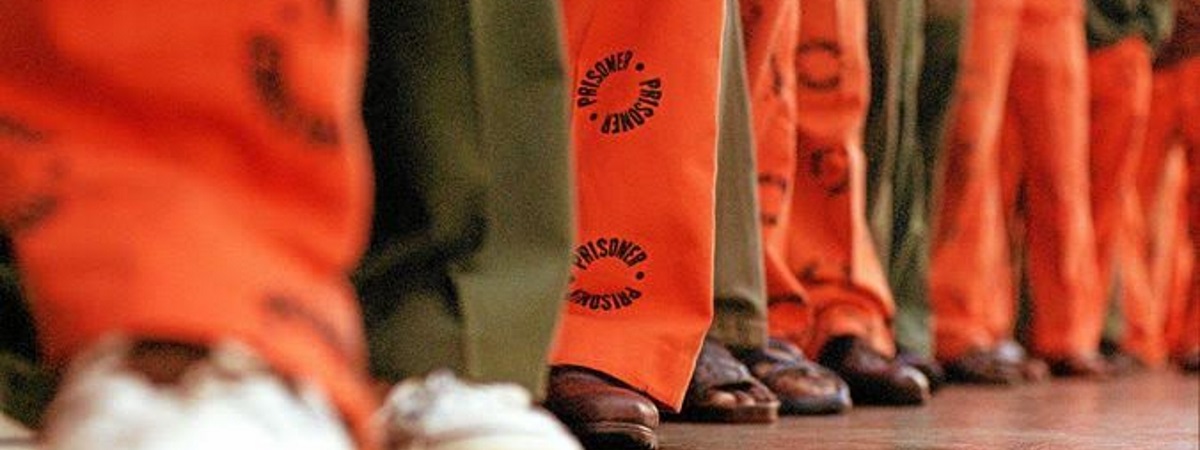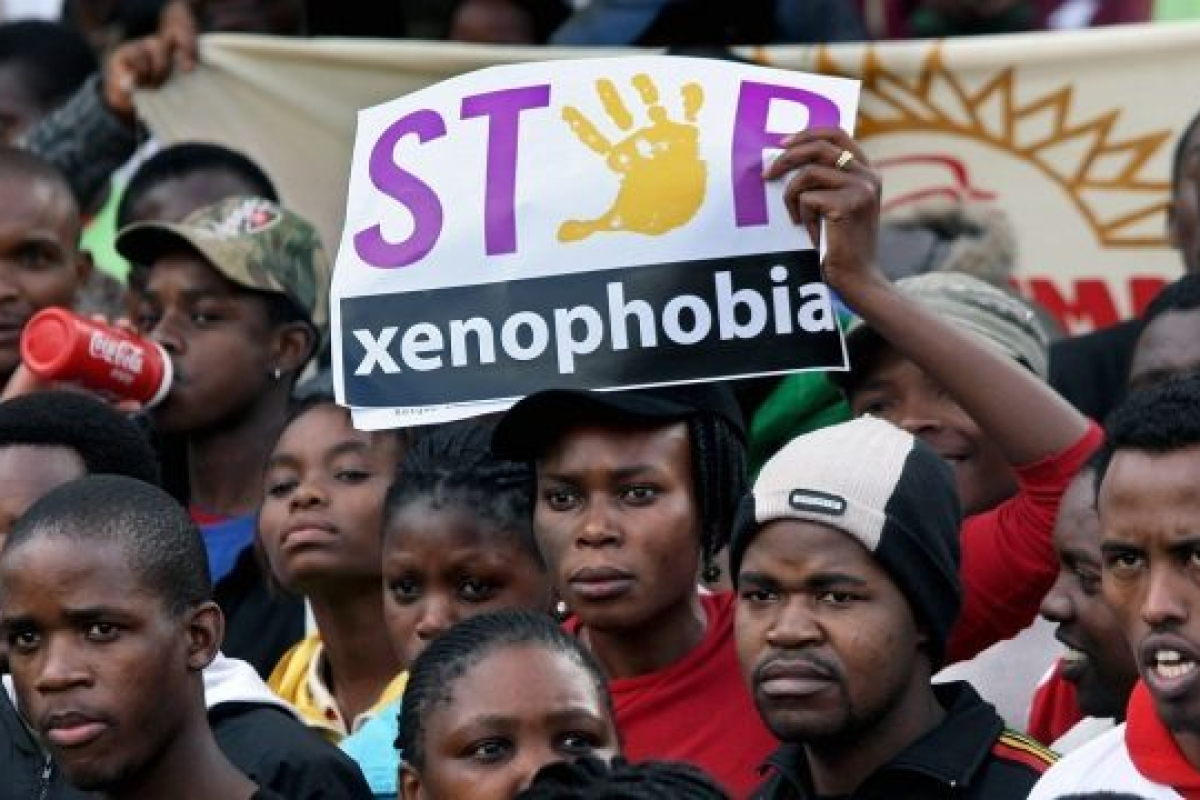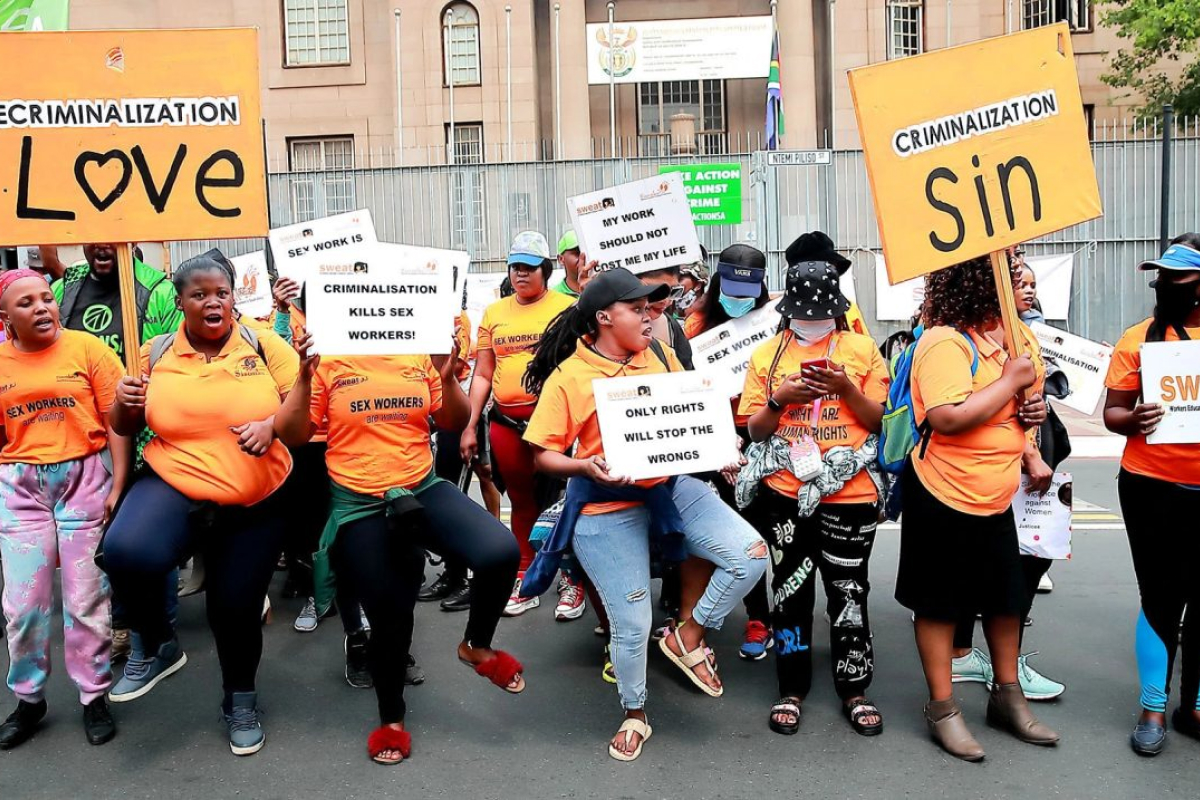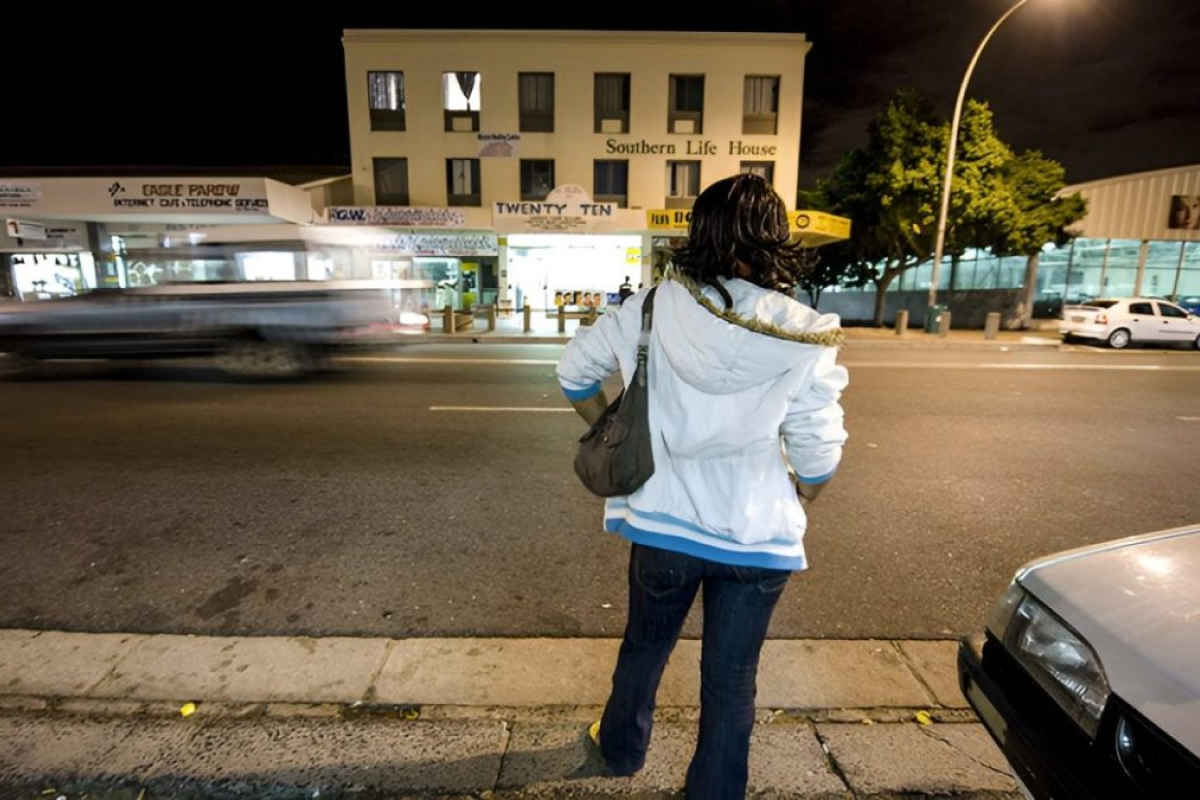On December 5, 2016, South African activists advocating for the human rights of inmates and detainees in South African prisons celebrated a huge victory.
Following an application against the government by Sonke Gender Justice, represented by Lawyers for Human Rights, for the high court in Cape Town to address the severe overcrowding and deplorable conditions in Pollsmoor Remand Detention Facility (Pollsmoor), the court found that government was in breach of its constitutional obligations to detain inmates in conditions consistent with human dignity.
Instrumental to this application was a report released by Justice Edwin Cameron following his visit to Pollsmoor in April 2015. In the report, Cameron said: “The extent of overcrowding, unsanitary conditions, sickness, the emaciated physical appearance of the detainees, and overall deplorable living conditions were profoundly disturbing.”
Despite this court victory, there has been no visible increase in regular prison visits by judicial officers, leading activists to intensify their calls for regular visits by judges and magistrates through the Detention Justice Forum’s One Judge One Jail Campaign.
As we commemorate Human Rights Month (Human Rights Day is celebrated on March 21), here are eight reasons why every judicial officer should be visiting at least one South African prison a year:
1. Inmates are vulnerable to human rights abuses
Although inmates are guaranteed human rights just like everyone else, South African prisons are fraught with conditions that are unconstitutional and lead to human rights abuses, sexual violence, HIV transmission and TB infection.
Many prisons are overcrowded and understaffed. Inmates spend long periods of time each day locked inside their cells, which are frequently poorly ventilated, contributing to TB infection. Many inmates are forced to share beds or sleep on the floor, and frequently only receive two meals a day.
They face barriers to healthcare services, and it is nearly impossible to access psychosocial support. There have been numerous reports of torture at the hands of officials. All of this amounts to a violation of their human rights under the South African Constitution.
2. South Africa has a very large prison population
South Africa’s prison population is the 11th largest per capita in the world, and the largest in Africa. Day to day, the average population is 161,000, but roughly three times this number move in and out of the prison system every year because of arrests, acquittals, and release following completion of their sentences. This means that each year, nearly half a million people are subjected to inhumane prison conditions.
3. Judges have a statutory power to visit prisons
Section 99 of the Correctional Services Act 111 of 1998 (CSA) provides that judges of the Constitutional Court, Supreme Court of Appeal and high courts may visit prisons, as may magistrates.
Judges are well respected, independent and impartial, and their positions require honesty and transparency. Judges are not at risk of succumbing to institutional capture because they are not required to operate within prison structures. Prison visits will also give judges the opportunity to appreciate the conditions of detention and incarceration to which they send inmates and detainees. The presence of judges would reassure inmates of the importance of their rights under the Constitution of South Africa.
4. Judicial visits have been effective
As part of the Constitutional Court’s Prison Visits Programme, established in 2009, Constitutional Court judges must visit at least one prison every year and publish their report on the Constitutional Court website. These reports are also sent to the Minister of Correctional Services, the national commissioner for correctional services, the portfolio committee for correctional services and the inspecting judge for correctional services.
In April 2015, Justice Edwin Cameron’s report on Pollsmoor documented the “deplorable” conditions inside – including extreme overcrowding, poor ventilation, inadequate sanitation and a widespread lack of access to healthcare.
This report provided the high court in Cape Town with vital information in the Pollsmoor overcrowding case brought by Sonke Gender Justice and Lawyers for Human Rights, and led the presiding judge to find that the conditions amounted to a breach of the government’s constitutional obligations to respect the dignity of inmates. As a result of this ruling, conditions in Pollsmoor have improved dramatically over the past year. This is just one example of the impact judicial prison visits can have on the lives of inmates.
5. Because the office of the chief justice says so
In April 2015, the office of the chief justice issued a resolution reminding judges of their duty in terms of section 99 of the CSA to conduct prison visits to monitor the conditions of prisons.
6. Prisons are closed institutions, not subject to public scrutiny
In order to hold the department of correctional services (DCS) accountable, we need to know what is happening inside prisons. However, prisons are (necessarily) closed institutions, so what happens inside prisons is invisible to the public and to the rest of the government. This allows inhumane conditions and unacceptable treatment of inmates to persist. Regular prison monitoring has proved to be an effective preventative measure against human rights violations, because it shines a light on what is happening inside prisons.
7. Our current prison monitoring body lacks independence and resources
South Africa’s prison monitoring body, the Judicial Inspectorate for Correctional Services (JICS), is completely dependent on the DCS. It receives its budget from the DCS, the government department it is meant to oversee, instead of receiving it directly from the National Treasury. DCS also has a large amount of control over JICS’ operations and administration. For example, JICS currently relies on DCS to create posts for JICS staff and to pay their salaries. All of this is contrary to national and international guidelines for independent accountability mechanisms, and it gives DCS the power to prevent JICS from doing its job.
JICS’ monitoring task is also enormous, but its budget is in 2015/2016 was only 0.23 percent of DCS’ budget, and it is gravely understaffed. It presently only has four inspectors to conduct inspections at 233 active prisons across the country. This means that each prison is only inspected once every three years.
8. What happens in prison doesn’t stay in prison.
Prisons do not only compromise the health and safety of people incarcerated within them. The general population is also at risk, because inmates do not stay in prison. Once released, they return to their communities, so what happens inside prison – including TB infection, HIV transmission and the trauma of being incarcerated – doesn’t stay in prison.
Further, rehabilitation is impossible in conditions that are inhumane and a violation of inmates’ rights. The state of our prisons affects us all. Regular monitoring, investigating and reporting acts as a preventative measure against human rights abuses in prisons. There are approximately 232 judges and 243 prisons in South Africa.
If every judicial officer visits just one prison each year and provides a detailed report of their findings, we will be one large step closer to securing safe and humane conditions inside our prisons. As our former president and formerly incarcerated person, Nelson Mandela once said: “To deny people their human rights is to challenge their very humanity.”








